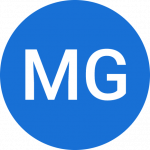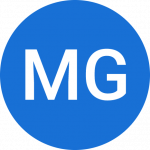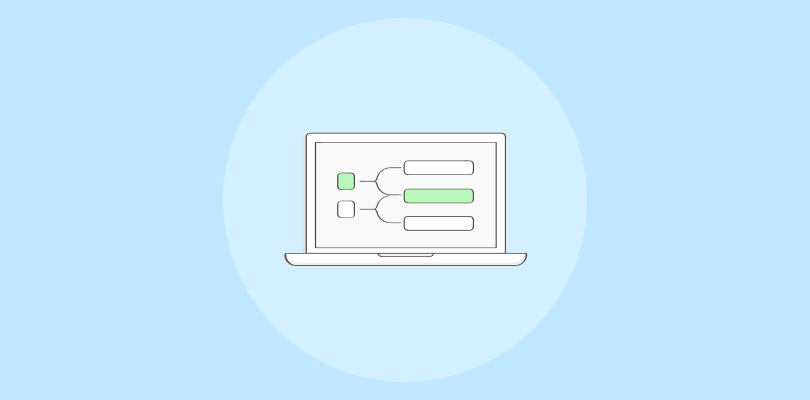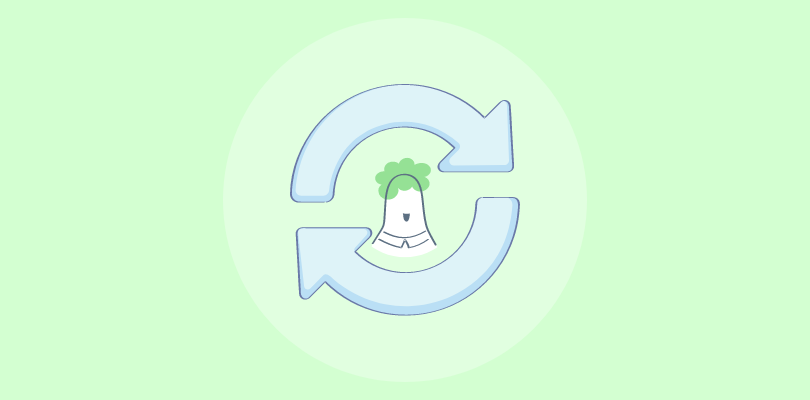Imagine walking into a room full of strangers. Your task is determining who might become a friend, who will be an acquaintance, and who will likely remain a stranger.
In the world of sales and marketing, a similar challenge presents itself every day – in the form of different type of leads.
Leads are the lifeline of every business. But just like in the scenario above, not all leads are created equal.
So, what exactly are the different type of leads in marketing?
I will break it down for you in this article. By the end of this guide, you will know how to manage and interact with different lead groups to maximize your business’s potential.
If you are eager to start lead management for your business, this video is just what you need to get going!
What Is a Lead?
Simply put, the term ‘lead’ in sales is an organization or an individual interested in your product or services. A lead is also known as a “prospect” in sales.
There are many ways the potential buyers express their interest in your company, including –
- Filling out a form on the website
- Subscribing to your newsletter
- Clicking on a sponsored ad
- Attending a webinar
- Contacting customer support team
For a potential buyer to become a lead, they have to share some contact information that can be used to contact them to build a business relationship.
However, not all leads get converted into customers. It is crucial to follow the right marketing approach depending on the type of sales leads.
Read More: Sales Lead Management: The Best Tips & Tools in 2025
Key Factors to Determine Type of Leads
The first step in making the lead categorization is to define your Ideal Customer Profile(ICP). This profile outlines all the characteristics of your target or ideal customer.
Even if a lead type hasn’t shown much interest yet but matches your ICP, they are more likely to become a customer quickly than those who show interest but don’t match the profile.
Here are a few factors that you can use to determine which category your leads fall into –
1. Interest in the Product
A lead who shows an active interest in your product and fits the ICP is more likely to make a purchase.
Suppose a lead frequently visits your website and interacts with your content, such as downloading whitepapers and brochures or signing up for webinars. This suggests that the lead is interested in your product.
Another significant indicator is the lead’s response to email campaigns. They might be interested in the product if they open emails, click links, and respond to calls to action.
2. Engagement and Communication
Leads who frequently interact with your sales or support team to learn more about your product are often closer to making a purchase decision.
Regular interactions, such as frequent phone calls or emails where the lead requests additional details, also indicate heightened engagement.
Moreover, if a lead schedules follow-up meetings using your CRM tool or asks to be included in product updates and newsletters, these are positive signs that they are considering your product seriously.
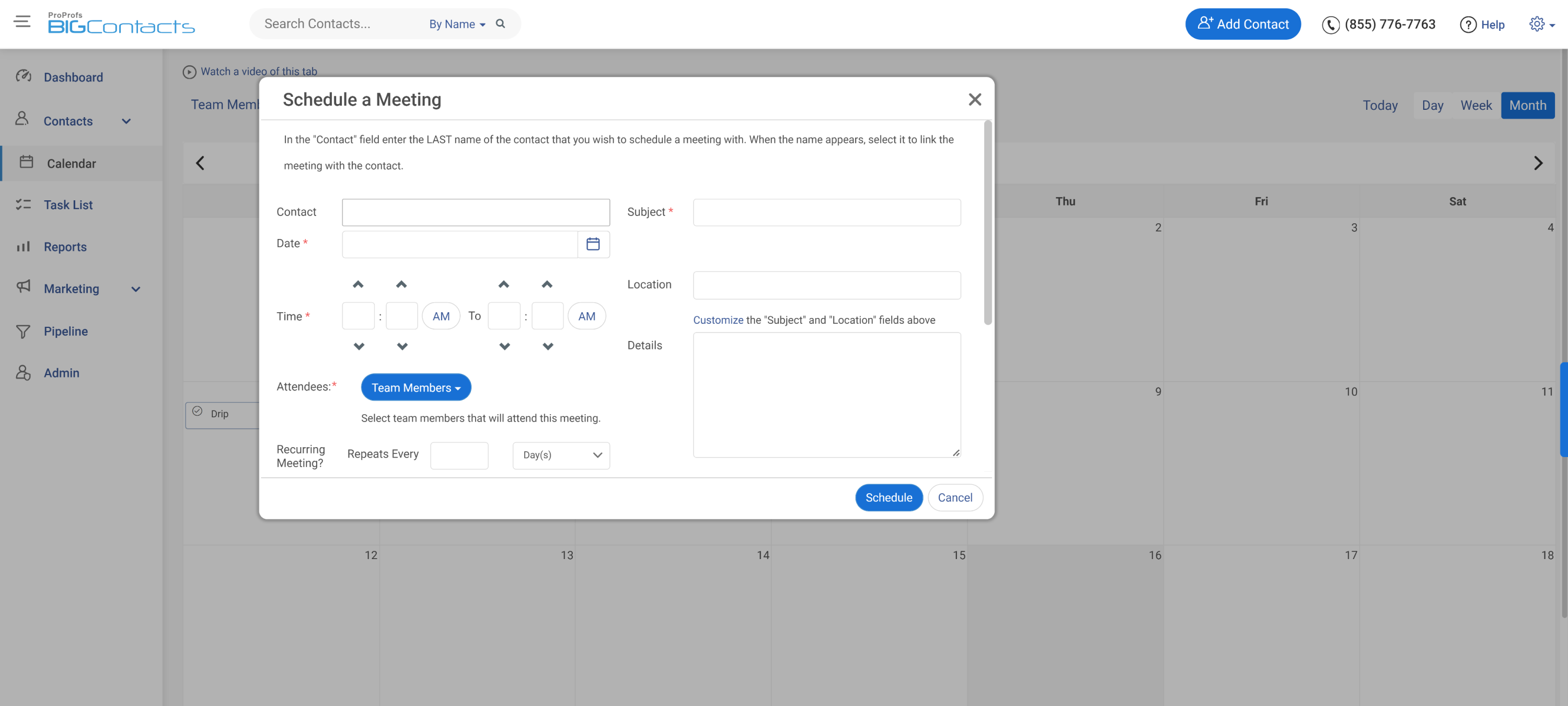
3. Budget Allocation
When assessing a lead’s budget allocation, looking into their financial situation is essential.
Consider the lead’s industry, company size, and overall financial stability. For example, a large enterprise in a profitable industry sector is more likely to have substantial budget resources compared to a small startup in a competitive market.
Analyzing financial reports, annual revenues, and growth projections can provide insights into their capacity to invest.
For example, a software company targeting enterprise clients may prioritize leads from Fortune 500 companies, as they typically have larger budgets allocated for technology solutions compared to small businesses or startups.
Even if a lead has the financial means, their willingness to allocate budget resources towards your product or service is crucial.
Factors such as current spending priorities, existing contractual obligations, and perceived ROI of your offering can influence their decision-making.
6 Types of Leads & How to Spot Them
1. Cold Leads
This type of lead might have little awareness of what your product does or why it could be valuable to them. Therefore, it’s important to reach out to them directly.
Imagine your customer targets small-sized and non-profit organizations that conduct workforce training programs and have a team size of 10-50 people based in the United States, and revenues between $100K and $500K. Now, suppose a lead comes your way.
You can obtain their email address through various means:
- They fill out a form on our website,
- They leave a comment on one of your recent social media posts,
- They are referred by one of your existing customers.
- They sign up for a webinar or newsletter,
If you find out this lead works as a CEO or CIO at a non-profit and perfectly matches your ICP but has shown minimal interest in your company or product, they still qualify as a cold lead.
This is when they enter your company’s sales funnel, and you begin nurturing this lead through your sales outreach efforts.
2. Warm leads
Warm leads are those who are more familiar with the product or service than cold leads but haven’t decided to buy the product.
So, what exactly makes someone a warm lead?
- They occasionally visit your company’s website
- They might follow the company on social media
- Subscribe to your emails and newsletters, or,
- Regularly read your blogs.
The key here is to engage them based on the content they interact with. For example, including clear calls to action (CTAs) in blog posts or emails they read is a great strategy.
Additionally, reaching out directly can be very effective. A personalized email or a phone call to discuss how our products or services could meet their needs might just be what they need to hear.
Most warm leads are open to these conversations, especially if they’ve already interacted with your content.
3. Hot leads
Hot leads are those who are on the verge of making the purchase. You can tell a lead is hot when they:
- Discuss pricing details with you.
- Agrees to set up a meeting.
- Requests a demo of your product.
At this stage, these leads need more encouragement to finalize their decision. They might have some last-minute questions or need clarifications on payment options, terms of use, or how your product will work with their existing systems.
Let your hot leads know why your product stands out in the market and is the perfect choice for them. Encouraging them at this point can swiftly turn them into happy customers.
4. Information Qualified Leads (IQL)
So, when someone first connects with you, they’re usually after something helpful, like an ebook, product guide, or a user manual. It’s the beginning of their journey to find a solution to their problem. But here’s the thing—they might not know much about you yet.
Here’s how we spot an Information Qualified Lead (IQL):
- They are a newbie researcher. They’re just starting to look into fixing their problem.
- They’re looking out for something useful, like an ebook or whitepaper.
- They have limited company awareness. They might not know about you and what you do.
After they’ve grabbed the resource, you should swing into action by ensuring they receive a thank-you page with a download link and a follow-up email containing the same link.
Then, you keep the flow of information going by sending them more relevant content over time. At each step, you can extend invitations for them to learn more about how you can assist in solving their problem.
It’s all about guiding them through their journey and showing them the value you can offer.
But some IQLs might just grab that initial info and not move forward. You can still keep in touch with them, but they might be more of a cold lead for now based on their actions.
5. Marketing Qualified Leads (MQL)
When one of your lead groups starts showing genuine interest in what you offer, they become a Marketing Qualified Lead or MQL.
Now, they’re not just curious; they’re warming up to the idea of how you can solve their problem.
Here’s how you know you’re dealing with an MQL:
- They’ve moved from researching to actively checking out your product or service.
- They’re showing genuine interest in what you have to offer.
- Due to their heightened interest in your products, your marketing automation system initiates responses by sending them a thank-you page, email, and follow-ups customized to their individual needs.
Your aim is to lead MQLs toward the decision stage by offering solutions such as free trials, demos, consultations, or estimates – converting them into Sales Qualified Leads.
You can identify MQLs through engagement signals like downloading case studies, watching solution videos, or attending webinars, showcasing their active interest.
Persistent follow-ups are key since not all MQLs will commit immediately. It’s about nurturing these leads into promising prospects.
6. Sales Qualified Leads (SQLs)
Sales Qualified Leads or SQLs are the leads who are ready to make the purchase. They’ve shown serious interest in your offer, though they might still weigh you against the competition.
Here’s how you know you’re dealing with an SQL:
- They’re ready to meet the sales team and get down to business.
- They’re likely checking out what we offer alongside what our competitors do.
- They’re right at the bottom of the sales funnel, almost ready to make a decision.
For SQLs, it’s all about direct engagement and a personal touch. Be ready to contact them with your best sales pitches, letting them know you’re excited to collaborate.
These leads are as hot as they come, so we waste no time in reaching out to them. Once we’ve confirmed their identity, it’s simply about guiding them through the sales process smoothly.
The Process of Leads Categorization
Understanding the lead qualification frameworks is essential to sorting your leads into different lead groups. One popular method is the BANT framework. This framework helps determine if a potential customer can afford your product and if they really need it.
BANT stands for:
- Budget: Does the potential customer have the funds to afford your product or service? It is crucial to ensure that money won’t be a barrier.
- Authority: Is this person in a decision-making position? You don’t want to spend time pitching to someone who can’t say ‘yes’ to the purchase.
- Need: Does your product or service solve their problem? Targeting someone without a genuine need is a dead end.
- Timeframe: How soon are they looking to solve their problem? If they’re ready to buy quickly, they’re a hot prospect.
Apart from matching leads to your ideal customer profile, which depends on facts such as industry and company size, it is important to ensure they have good decision-making ability.
- Finding the Decision Maker: One effective approach is to ask direct questions about who makes the decisions to identify the right people in an organization.
- Why Authority Matters: Talking to the right person increases the efficiency of your sales process. There is no point in convincing someone who needs approval from someone else.
How to Generate & Convert Different Types of Leads
Building business relationships with leads is like building any other connection. It grows only when both parties are interested.
Before contacting the lead, ensure that they are interested in your product. Check that the product addresses their specific needs and offers solutions.
1. Acquiring Cold Leads
Before contacting cold leads, ensure that the lead matches your Ideal Customer Profile (ICP). Here are some ways you can reach out to cold leads:
- Email Campaigns: Craft automated email campaigns tailored to your target audience’s needs and pain points. Use data-driven insights to segment your cold leads and send targeted emails that resonate with their interests.

- Social Media Outreach: Engage with cold leads on social media platforms where they are active. Follow them, interact with their posts, and share relevant content to establish rapport. Direct messaging can also be effective for initiating conversations.
- Lead Generation Software: Utilize lead generation software tools like CRM software to streamline and automate the process of identifying and reaching out to cold leads. These platforms often provide features such as lead scoring and data enrichment, helping manage and nurture leads at scale.
- Cold Calling: While less common in the digital age, cold calling can still be effective when done strategically. Research your prospects beforehand, prepare a script or talking points, and focus on building rapport and addressing their needs during the call.
Read More: 10 Best Lead Generation Software to Achieve Your Goals in 2025
2. Heating Warm Leads to Close Deals Faster
Warm leads have shown interest in your company’s products by actions like subscribing to the newsletter or attending a webinar.
They are curious about the product and willing to interact with the sales and marketing team. To move these leads closer to conversion, follow these steps-
Effective Use of Pop-Ups
Pop-ups are a powerful tool to grab the attention of the audience on your website. Here’s how to make the most out of them:
- Target the Right Moment: Add pop-ups at strategic timings. For instance, set them to appear after a visitor has spent a particular amount of time on your site without making a purchase. Timing these correctly can turn a visitor into a buyer.
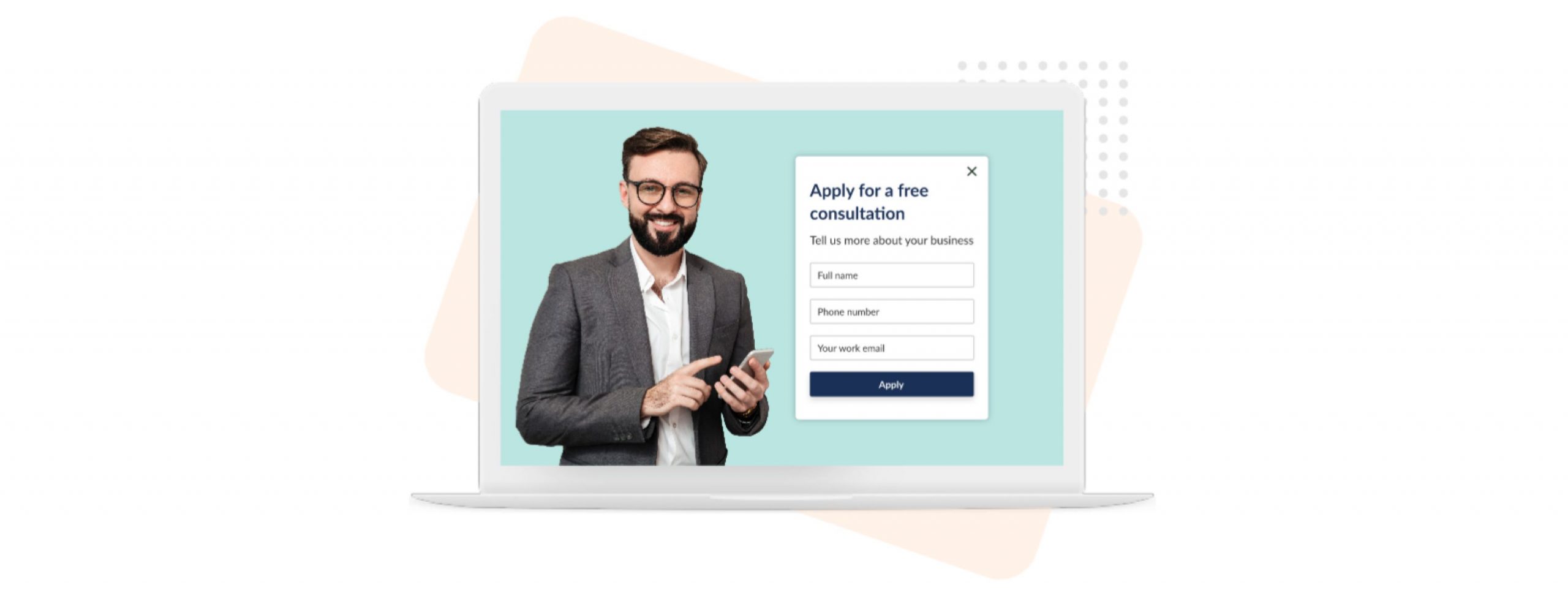
- Design Matters: Your pop-up should be eye-catching and offer something irresistible, like a special discount or exclusive content.
Work closely with your marketing and design teams to create appealing pop-ups. Don’t forget to run A/B tests to find out which versions of your pop-ups perform best in converting leads.
Educating Your Audience Through Content Marketing
If pop-ups aren’t working well and do not go with the interface of your website, you can opt for content marketing strategies to engage your audience.
Here’s how you can leverage content to nurture warm leads:
Deliver High-Quality Content:
- Variety is Key: Ensure that you offer different types of content. Include newsletters, surveys, infographics, detailed articles, instructional guides, and case studies.
- Provide Value: Ensure every piece of content offers valuable information. It helps build trust and establishes your brand as a go-to resource in your industry.
Benefits of Content Marketing:
- Build Engagement: By consistently providing valuable content, you teach your audience to see you as a reliable source of information.
- Ready to Purchase: As leads begin to trust and value your insights, they become more likely to consider purchasing from you.
By focusing on content marketing, you inform your audience and build a relationship that primes them for future purchases.
3. How to Generate Hot Leads for Faster Deal Closing
When you have identified your ideal customer profile, you’re set up for success in closing deals quickly. Here’s how to keep your lead generation engine running efficiently:
Targeted Advertising Campaigns
Targeted advertising campaigns leverage platforms to connect with potential customers who are actively seeking or interested in your offerings. These campaigns allow you to hone in on specific demographics, interests, and behaviors to ensure qualified leads see your ads.
The key to successful targeted advertising is precision. By understanding your target audience’s demographics, interests, and behaviors, you can tailor your ad messaging to resonate with their specific needs and preferences.
For example, if you’re selling fitness equipment, you might target users who have expressed an interest in health and wellness or who follow fitness-related pages on social media.
Utilize the Right Lead Generation Tools
Using the appropriate tools for lead generation, especially for email outreach, can significantly enhance your business strategy. Here’s what the right software can do for you:
- Automate Responses: Save your team’s time by automating routine email responses.
- Boost Retention: Keep your customers engaged and loyal with timely follow-ups and personalized content.
- Improve Email Effectiveness: Enhance the deliverability of your emails to ensure they reach the recipient’s inbox.
- Maintain Reputation: Use tools that verify email addresses to maintain your domain’s reputation and reduce bounce rates.
These strategies will help you generate hot leads more effectively, streamlining the path from initial contact to a closed deal.
4. How to Convert Information Qualified Leads (IQLs)
So, how do we convert the Information Qualified Leads (IQLs) into active prospects? Well, here’s the game plan:
- Use compelling Call-to-Actions (CTAs) throughout our emails, blog posts, and guides to catch their eye and encourage action.
- Create informative email newsletters packed with essential info about your business, products, or services, giving IQLs a deeper look into the company’s offerings.
- By creating solution-focused content that directly addresses their questions and provides solutions to their problems, show IQLs why they should stick around.
- Personalize their website journey by tailoring it to their unique interests and needs, making them feel seen and valued.
5. How to Convert Marketing Qualified Leads (MQLs)
So, you’ve got those lead groups who are already showing interest in what you offer—Marketing Qualified Leads (MQLs). But how do we turn that interest into action? Let’s figure out:
- Encourage MQLs to sign up for emails and direct them to more info about your business.
- Create captivating content, like blog posts and guides, that showcases your expertise and provides value to MQLs.
- Implementing personalized marketing messages that speak to their interests and needs will help you convert the MQLs.
- Sharing more about our business and offering helpful content that provides solutions is key to nurturing MQLs.
6. How to Convert Sales Qualified Leads (SQLs)
Alright, let’s talk about Sales Qualified Leads (SQLs). This is the type of lead ready to make the purchase, so how do we seal the deal? Here’s what we do:
- Reach out to them with a good sales pitch, showcasing the benefits of your products or services and how they can solve their problems.
- Get them on the calendar for a meeting to dive deeper into how you can help them and address any questions or concerns they may have.
With these strategies, you can convert the SQLs into loyal customers. They’re already showing strong interest, so it’s all about guiding them smoothly through the final steps to make the deal official.
How to Categorize Leads
When it comes to organizing the lead list, the method you choose depends on what tools you have and how your team likes to work.
If you use a CRM with pipeline management features, you’ll find it quite simple to see all your leads laid out according to their stage in the sales process.
BIGContacts CRM offers powerful list management features to help optimize your email marketing campaigns and customer segmentation. You can easily create custom contact lists based on various criteria such as contact properties (name, email, phone number), product name, assigned to, lead type, tags, and more.
This allows you to efficiently target specific groups of customers for promotional offers, retargeting efforts, customer surveys, and more.
Additionally, it also provides a visual and intuitive sales pipeline management feature, allowing you to customize stages to match your sales cycle.
You can easily track deals, move them along the pipeline with drag-and-drop functionality, and gain insights into your team’s performance and overall sales pipeline health through the sales dashboard.
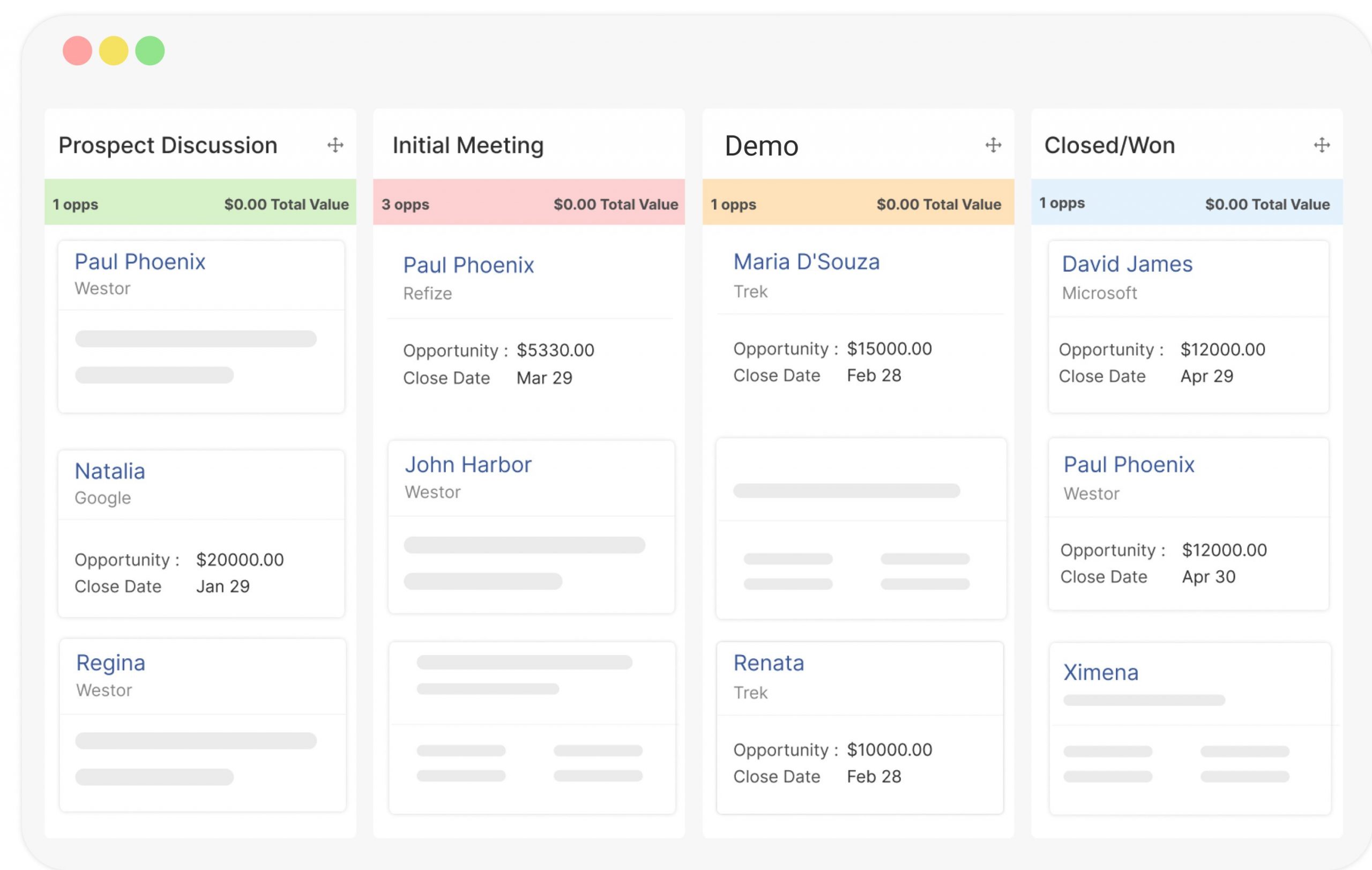
With features like activity tracking, reminders, notes, and collaboration tools, BIGContacts CRM empowers you to maximize pipeline velocity and effectively manage your sales process.
Drive More Conversions With Effective Lead Management
Deciding the types of lead in marketing to focus on isn’t about choosing just one. Each type of lead plays a crucial role in the sales funnel.
Focusing on hot leads can seem more immediately rewarding, but remember, today’s cold leads could be tomorrow’s hot sales. So, while you might prioritize hot leads, don’t neglect the potential of nurturing others along their journey in the sales funnel.
By designing your approach according to the type of lead, you ensure that you meet potential customers’ needs at every stage of their journey. It helps in maximizing your chances of converting them.
Remember, the goal is to move all lead categories through the sales funnel to a successful purchase. Implementing the strategies discussed above will set you on the right path to achieving this!
Frequently Asked Questions (FAQ’s)
How do you turn cold leads into warm ones?
Turning cold leads into warm ones is about connecting with potential customers.
Focus on understanding their needs and how your product or service could help. You can use engaging content that speaks to their challenges—like helpful blog posts, newsletters, or informative videos for this.
Next, interact directly through social media or emails. Responding to their comments or questions can significantly affect how they view your brand.
Finally, regular follow-ups are essential. Keep track of your interactions with each lead using a CRM tool, and make sure to reach out with new information that could be relevant to them.
How do you nurture warm leads?
Nurturing warm leads is crucial in turning them into hot leads. I focus on personalized communication, like emails or product demos that resonate with their specific needs. You can use a CRM tool to keep track of your warm leads. Here’s a quick video to help you get started –
How to make your lead generation strategy flawless?
The first step is to define potential customers clearly. Knowing who you’re aiming for helps tailor your marketing efforts more effectively. Next, use various strategies —use a mix of content marketing, social media, email campaigns, and even direct outreach to reach potential leads.
Also, consistently analyze your strategies based on the results you’re seeing. Monitoring these details can significantly enhance your lead-generation efforts, making them as effective as possible.
FREE. All Features. FOREVER!
Try our Forever FREE account with all premium features!
